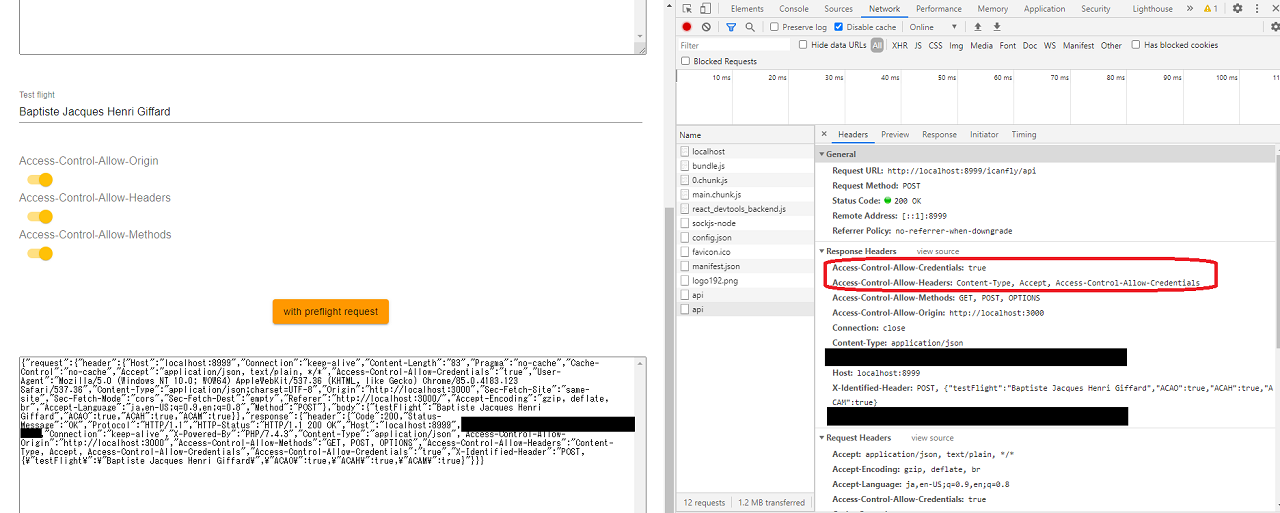
REST, as well as the HTTP protocol, define mechanisms allowing the server to send the appropriate resource representation. This sounds good, but if both representations have the same identifier, how can the server knows the one it must return? Here comes content negotiation. the HTML document, served by the website: human-readable representation of the same resource.the JSON document, served by the API: the machine-readable representation of the resource.Finally, this resource has two representations: This resource has a unique identifier: its URI, for instance. If we think in terms of REST concepts, we have one resource (the abstraction): the blog post. Under the hood, the website queries the web API to fetch the raw post data as JSON and transforms it into a human-readable HTML document. They are also available on a website, as human-readable articles.


Posts are available through a web API, to be retrieved by machines. This means that the same resource, having the same identifier (its URI or URL) can have different representations.Īs an example is often worth a thousand words, let’s imagine a blog platform software. Usually, a resource representation is known as a “file” or a “document”.
#Cors preflight plus#
A resource representation is a concretion, it’s “a sequence of bytes, plus representation metadata to describe those bytes”. On the web, a resource is identified by a URI ( aka URL). It can be “any information that can be named”. A resource is an abstraction of information. In his doctoral dissertation, Fielding defines the concepts of “ resource” and “ resource representation“.
#Cors preflight software#
Fielding, Architectural Styles and the Design of Network-based Software Architecturesīasically, a good web application should be following the REST principles, as REST is the architectural style of the web itself. It was iteratively improved over the next five years and applied to various revisions and extensions of the Web protocol standards. The first edition of REST was developed primarily as a means for communicating Web concepts as we wrote the HTTP/1.0 specification and the initial HTTP/1.1 proposal. This style has been defined by Roy Fielding while working on the core standards that are still powering the web today: URI (Uniform Resource Identifier) and HTTP ( Hypertext Transfer Protocol): The architectural model of the web is known as REST (Representational State Transfer). becomes, all resources belong to the same origin, problem fixed! But we can do even better by following the REST principles. In his article, Nick proposes a quick workaround: configure your reverse proxy to alias your API as a path under the same origin as your web app. The solution to prevent these preflight requests is simple: serve the API and the frontend application from the same origin! And it’s what we’ve done in API Platform 2.6. But if – because of this preflight requests problem – the number of requests made is multiplied by 2, the latency will be bad and the benefits of Vulcain-like approaches will be undermined.

These approaches are alternatives to downloading large compound documents as in GraphQL or JSON:API.
#Cors preflight download#
The main idea behind Vulcain-like approaches is to download small resources in parallel, only when needed, and with a good cache hit rate. The preflight requests problem is even more severe when implementing API styles leveraging the multiplexing capabilities of HTTP/2 and HTTP/3, such as. These preflight requests ensure that the frontend app is allowed to interact with the resources served by the API.Īs Nick Olinger explains in a recent post, these preflight requests add unnecessary latency, slow down applications, waste battery on mobile devices, and increase servers load. This is called a preflight request, which is necessary because of CORS (Cross-Origin Resource Sharing). When serving your API from a different origin than the frontend application, browsers will automatically send an additional OPTIONS request before any request is made to the API. But we changed that for 2 main reasons: performance and REST principles. This was the pattern implemented by API Platform until last year. : your web application, usually built in JavaScript, generating HTML documents from the raw JSON data retrieved from the API.: your web API, usually serving JSON documents.In modern web applications, it’s a common pattern to serve the web API and the frontend app from different subdomains:


 0 kommentar(er)
0 kommentar(er)
